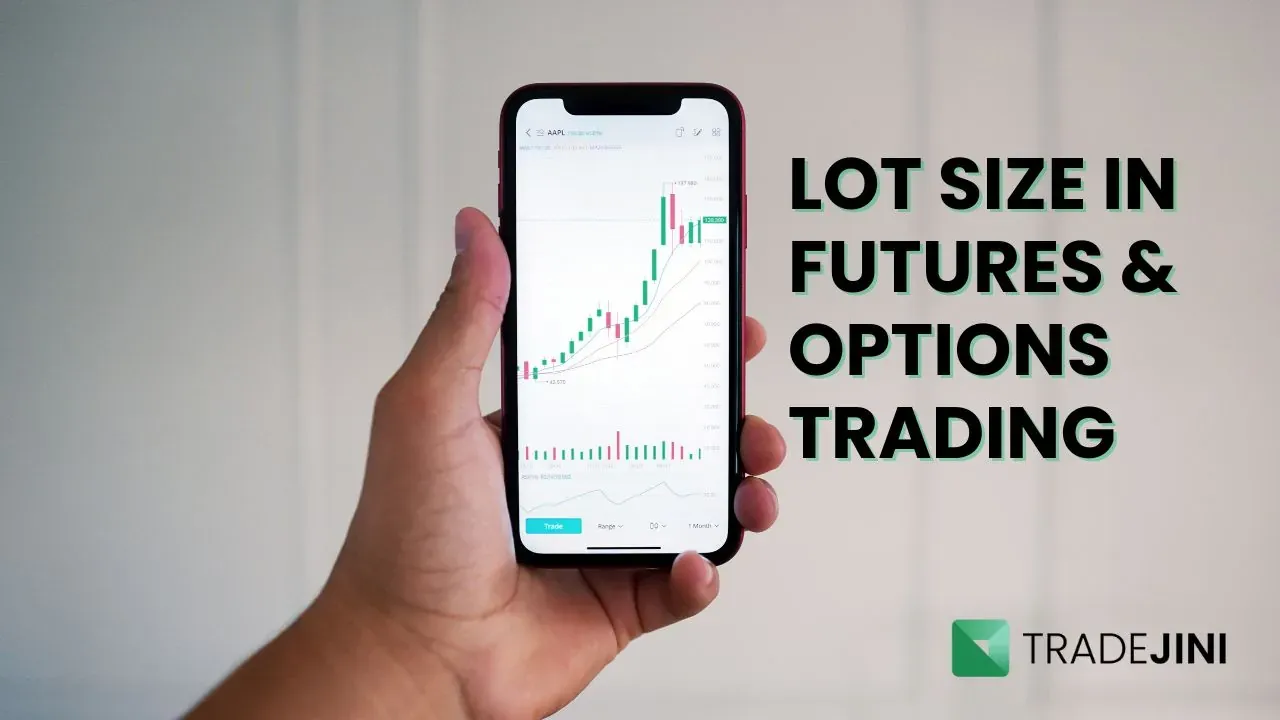Differences Between Demat and Trading Accounts
If you are thinking about investing in the stock market, you have probably come across two important terms - Demat account and trading account. These two accounts work together but have different purposes. You must understand the Demat and trading account differences to start your investment journey smoothly.
In this blog, we will describe what each account does, why you need both, and how they work hand in hand to make trading easier for you. So, let’s begin!
What is a Demat Account?
A Demat account, or a dematerialised account, is where you keep your shares, bonds, and mutual funds in electronic form. With a Demat account, you do not have to deal with physical share certificates that can easily be lost or damaged, since your investments are safely stored online.
Key Features of a Demat Account
- Holds Securities Electronically: Your shares and other investments are stored digitally.
- No Physical Certificates: You do not need to handle physical share certificates.
- Easy Transfers: When you have a Demat account, you can easily transfer shares from one person to another as it is quick and simple.
- Charged Maintenance Fees: Banks or brokers charge a small fee to maintain your Demat account.
Why Do You Need a Demat Account?
Here are the reasons to have a Demat account:
- To hold securities
- For safer and more secure storage of your assets
Also Read: How to Reactivate Dormant Demat Account
What is a Trading Account?
Now, let’s understand the fundamentals of a trading account and how it differs from a Demat account.
A trading account is what you use to buy and sell stocks in the stock market. While a Demat account stores your shares, the trading account is where the action of buying and selling happens.
Key Features of a Trading Account
- Executes Orders: When you want to purchase or sell shares, you do this through your trading account.
- Links to Stock Exchanges: Your trading account connects directly to stock exchanges like NSE and BSE to make transactions.
- Daily Margin Requirements: Your trading account required you to maintain a daily margin required for intraday trading.
Why Do You Need a Trading Account?
Here are the reasons to have a trading account:
- To participate in the stock market and buy and sell shares.
- The trading account acts as a bridge between you and the stock exchanges.
Demat vs Trading Account- Key Differences
| Feature | Demat Account | Trading Account |
|---|---|---|
| Purpose | Stores your shares and securities electronically | Allows you to buy and sell shares |
| Function | Acts as an online locker for your assets | Place your trades in the stock market |
| Charges | Annual maintenance fees | Brokerage charges per trade |
| Link to Bank Account | Connects with your bank for storing shares | Connects with your bank for trading shares |
| Daily Requirements | None | Has margin requirements for traders |
How Demat and Trading Accounts Work Together
Now that you have understood the demat account vs trading account differences, let’s see how they function together in real-life situations.
Buying or Selling Shares: When you buy or sell shares, you do it through your trading account. But once the trade is successful, the shares are stored in or transferred from your demat account.
Transfer of Funds: Both accounts are linked to your bank account. When you buy shares, the money is debited from your bank and the shares are credited to your demat account. On the other hand, when you sell, the shares are debited from your demat account and the money is credited to your bank.
Why Are Both Demat and Trading Accounts Necessary?
Here’s why you must have both accounts for a smooth trading experience:
- A Demat account holds your shares safely in electronic form, while a trading account allows you to actively trade in the stock market.
- By having both accounts, the entire process becomes quite easy. You can quickly buy, sell, and store shares without worrying about physical certificates or complicated processes.
- According to the guidelines set by SEBI (Securities and Exchange Board of India), you need both accounts to legally trade in the stock market.
How to Open a Demat and Trading Account
Today, opening an account is pretty easy. It’s like ordering something from an online retail store. You just need to have a decent internet connection and you can open accounts from the comforts of your home. Here are the steps you need to follow to open demat account and trading accounts with Tradejini:
Step 1: Download the CubePlus App
First, you need to download the Tradejini CubePlus App from the Google Playstore or Apple App Store.
Step 2: Create a profile and submit documents
Next, you would need to provide some basic documents required for demat and trading account opening like your Aadhaar card, PAN card, and bank account details.
Step 3: Complete KYC
Complete the Know Your Customer (KYC) process so that Tradejini can verify your details.
Step 4: Link your bank account
Your bank account must be linked to both the Demat and trading accounts for smooth transactions.
Step 5: Start your trading journey
Once everything is set up, receive login details for your trading account and start trading right away.
Conclusion
So, you need both Demat and trading accounts to trade in the stock market. While the Demat account would keep your stocks safe, the trading account would let you buy and sell them easily. But you also need a hassle-free way to open accounts and start trading, right?
Download the CubePlus app by Tradejini. Making trading easy and quick, CubePlus by Tradejini offers a simple interface that is perfect for beginners as well as experienced traders. Tradejini is here to make your trading journey smooth and successful!
Also Read: Is Day Trading Considered Gambling? Key Differences Explained
_11zon.webp?alt=media&token=bd974821-aee4-43a5-b467-01d1a67a570b)
_20_11zon.webp?alt=media&token=6659b2e6-927e-42de-8375-e227e579f556)
_11zon.webp?alt=media&token=a8f3f55c-dc70-4d42-844e-6874ceff69ce)
_11zon.webp?alt=media&token=a05d2324-cace-44ed-a35f-50f9e63be9c3)
_11zon.webp?alt=media&token=14cd8f87-8add-49ce-84f1-ca07a0c52b0c)


